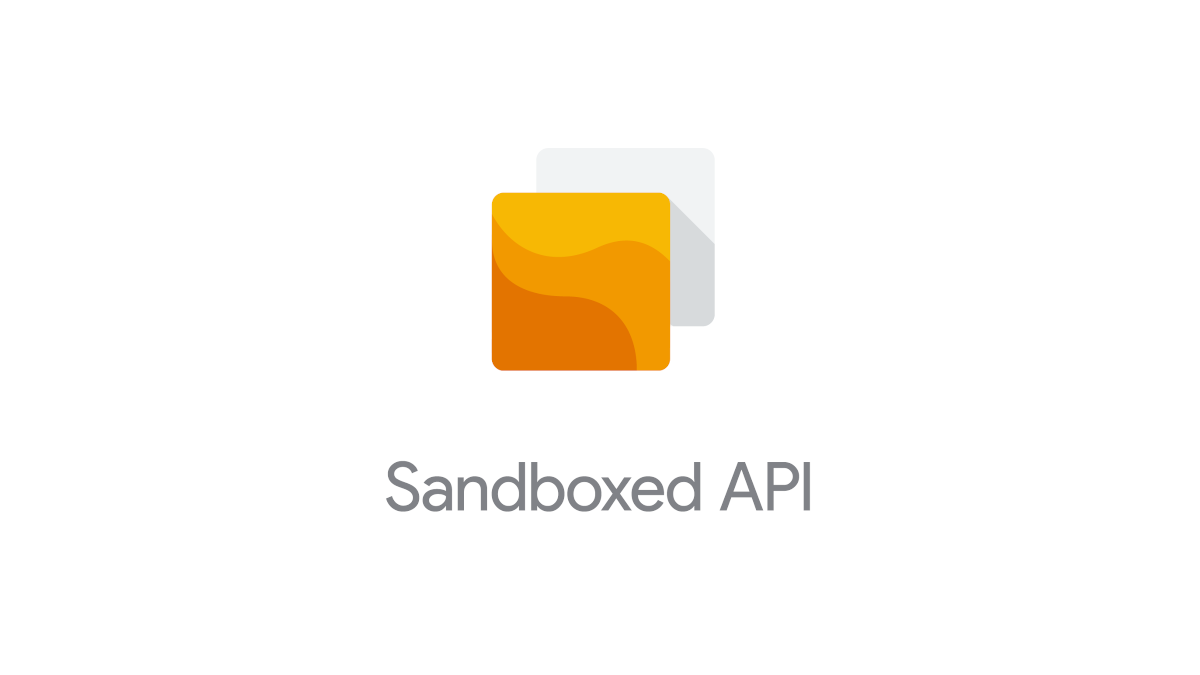Recenly, Debian based distribution kernels started activating the Tomoyo Linux Security Module by default. Even if it is not used, this changes the behavior of `/dev/fd` (pointing to `/proc/self/fd` by default), which Sandbox2 needs during `execveat()`. As a result, Sandbox2 and Sandboxed API always fail without one of the following conditions - `/proc` mounted within the sandboxee - `/dev` mounted - `/dev/fd` symlinked to `/proc/self/fd` in the sandboxee's mount namespace Some code pointers to upstream Linux 5.12.2: - https://elixir.bootlin.com/linux/v5.12.2/source/fs/exec.c#L1775 - https://elixir.bootlin.com/linux/v5.12.2/source/security/tomoyo/tomoyo.c#L107 - https://elixir.bootlin.com/linux/v5.12.2/source/security/tomoyo/domain.c#L729 To find out whether your system has Tomoyo enabled, use this command, similar to what this change does in code: ``` $ cat /sys/kernel/security/lsm | grep tomoyo && echo "Tomoyo active" capability,yama,apparmor,tomoyo Tomoyo active ``` The config setting `CONFIG_DEFAULT_SECURITY` controls which LSMs are built into the kernel by default. PiperOrigin-RevId: 372919524 Change-Id: I2181819c04f15f57d96c44ea9977d0def4a1b623
Copyright 2019-2021 Google LLC.
What is Sandboxed API?
The Sandboxed API project (SAPI) makes sandboxing of C/C++ libraries less burdensome: after initial setup of security policies and generation of library interfaces, a stub API is generated, transparently forwarding calls using a custom RPC layer to the real library running inside a sandboxed environment.
Additionally, each SAPI library utilizes a tightly defined security policy, in contrast to the typical sandboxed project, where security policies must cover the total syscall/resource footprint of all its libraries.
Documentation
Developer documentation is available on the Google Developers site for Sandboxed API.
There is also a Getting Started guide.
Getting Involved
If you want to contribute, please read CONTRIBUTING.md and send us pull requests. You can also report bugs or file feature requests.
If you'd like to talk to the developers or get notified about major product updates, you may want to subscribe to our mailing list or sign up with this link.
